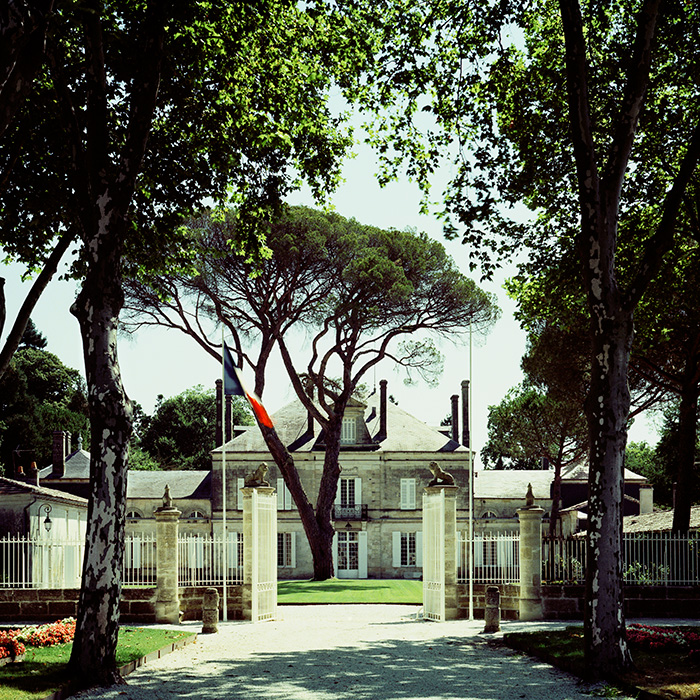Bordeaux 2015: a vintage like no other
Author: Max Lalondrelle

Ch. Batailley. Photograph: Jason Lowe
Prior to tasting the 2015 vintage, I’d anticipated it was going to be the best since 2010: that is now 100 percent confirmed.
Before our tasting trip, we’d been given the impression that it was a magnificent vintage across Bordeaux: once we were actually on the ground and started tasting, we discovered that some regions were a bit patchier than expected. There are some outstanding wines, some very good wines and there are some wines that would not equal the best wines of the last five years.
What is really in evidence is that, weather-wise, it’s a vintage of two halves with hot conditions during the summer and some cooler and wetter weather towards the end. What made the big difference was vineyard management and the strategy employed by different properties: this is reflected in the wines.
Some wines can be described like a lollypop on its side, where the stick is the very long, fresh acidic start with a big bowl of fruit at the end – at this stage, they’re little bit unbalanced. However, the great wines have got a wonderful, fresh core of fruit. It’s not a bold, fat, juicy vintage like 2009; it’s not as powerful as 2010 – but many wines from 2015 have got absolutely beautiful precision, balance and elegance. In my 15 years of doing Bordeaux en primeur I haven’t come across a comparable style.
In terms of regions, we were led to believe – especially by those in the South! – that the northern part of Bordeaux had been affected by higher than average rainfall, however, for the St Estèphe estates we visited, we were pleasantly surprised by the general level of quality. (It should be noted that we only tasted at the best properties, but from what we tried it’s very, very good.)
For me, Pauillac and St Julien were the areas that have the least homogeneity, with some absolutely brilliant wines and, equally, some less good wines. Margaux seems to have performed well across the board, with very few exceptions: I think this is the first vintage I can remember where, as a region Margaux, has been leading the pack.
In Graves and Pessac-Léognan, most of the wines we tasted also performed very well. Also, while I usually find St Emilion and Pomerol “difficult” due to the high level of alcohol in Merlot, this year, across the board, I’ve found that the wines have been extremely good. They have produced classic St Emilion rather than bold, fat and alcoholic wines.
Of course, the question of pricing is now foremost in our mind. There is no doubt that we are expecting an increase in prices, which will reflect the increase in quality against a very cheap 2014 vintage – however, we are asking for this increase to be a sensible one in order for 2015 to take its correct place in the vintage pecking order.
For the team’s specific highlights and recommendations from Bordeaux 2015, click here. To view the full range of tasting notes and points, click here.



nice